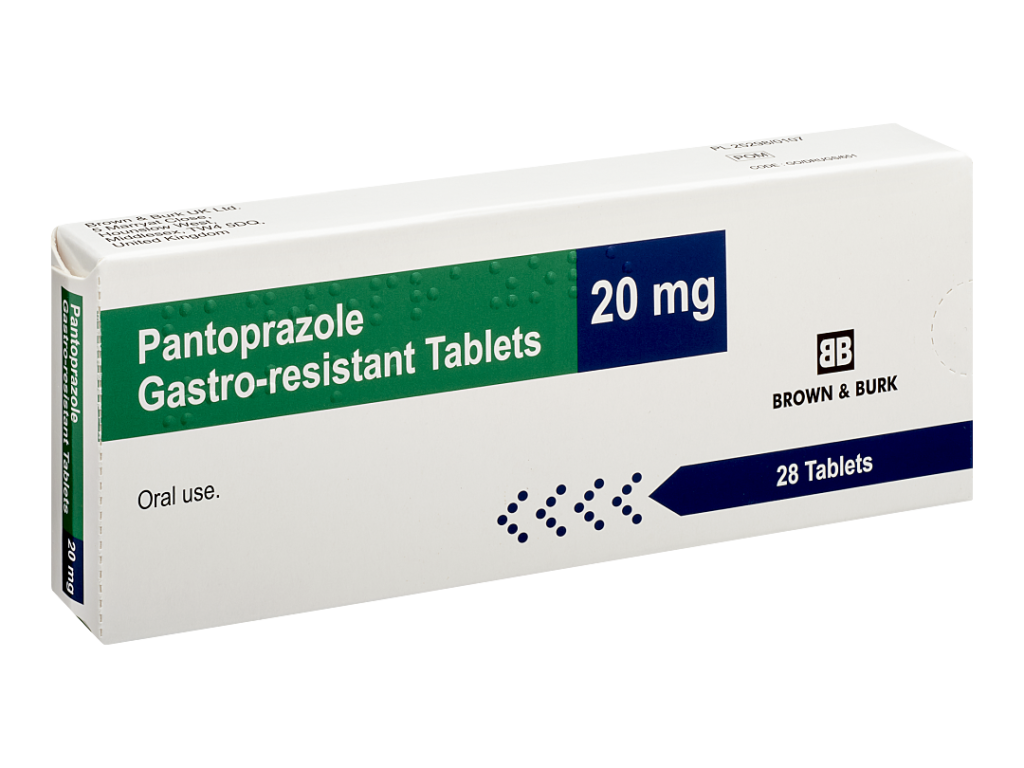Pantoprazole: Uses, Benefits, and Role in Modern Medicine
Pantoprazole is a medication widely used in the treatment and management of gastrointestinal conditions related to excess stomach acid. It belongs to a class of drugs known as proton pump inhibitors (PPIs), which work by significantly reducing the production of gastric acid in the stomach. This reduction in acid can help relieve symptoms, allow ulcers to heal, and prevent damage to the gastrointestinal tract.

What Is Pantoprazole?
Pantoprazole is a proton pump inhibitor that blocks the final step of acid production in the stomach. It does this by irreversibly inhibiting the hydrogen/potassium ATPase enzyme system—commonly referred to as the “proton pump”—in the gastric parietal cells. This action leads to a profound and long-lasting reduction of stomach acid secretion.https://todayliv.com/what-is-ceftriaxone-injection-in-cattle-used-for/
Pantoprazole is marketed under various brand names, including Protonix, and is available in both oral and intravenous forms. It is typically prescribed in 20 mg or 40 mg doses, depending on the condition being treated.
Primary Uses of Pantoprazole
- Gastroesophageal Reflux Disease (GERD)
GERD is one of the most common gastrointestinal conditions in which stomach acid repeatedly flows back into the esophagus, irritating its lining. Common symptoms include:https://todayliv.com/what-is-ceftriaxone-injection-in-cattle-used-for/
Heartburn
Acid regurgitation
Chest discomfort
Chronic cough or hoarseness (from acid reflux)
Pantoprazole is one of the most effective treatments for GERD. It is used to:
Relieve symptoms by reducing acid production
Promote healing of erosive esophagitis, which is damage to the esophageal lining caused by acid
Prevent recurrence of GERD symptoms when taken long-term under medical supervision
- Erosive Esophagitis
This condition, often resulting from untreated or severe GERD, involves inflammation and damage to the esophagus lining. Pantoprazole is commonly prescribed to:https://todayliv.com/what-is-ceftriaxone-injection-in-cattle-used-for/
Treat active erosive esophagitis
Maintain remission in patients who have healed esophageal damage
Clinical studies have shown pantoprazole to be effective in healing erosive esophagitis within 4 to 8 weeks of treatment.
- Peptic Ulcer Disease
Peptic ulcers are open sores that develop on the inner lining of the stomach or upper small intestine (duodenum). Pantoprazole is used to treat both:
Gastric ulcers (in the stomach)
Duodenal ulcers (in the upper small intestine)
By lowering stomach acid levels, pantoprazole allows ulcers to heal and prevents further irritation.
It’s especially beneficial when ulcers are caused or worsened by nonsteroidal anti-inflammatory drugs (NSAIDs) like ibuprofen or naproxen. In such cases, pantoprazole may be prescribed both for treatment and prevention.
- Zollinger-Ellison Syndrome
Zollinger-Ellison syndrome is a rare condition where tumors in the pancreas or duodenum (called gastrinomas) cause the stomach to produce too much acid. This can lead to severe peptic ulcers, diarrhea, and abdominal pain.
Pantoprazole is an essential treatment option in this scenario due to its powerful acid-suppressing properties. Often, much higher doses are required than those used in GERD or ulcers.
- H. pylori Eradication (as Part of Combination Therapy)
Helicobacter pylori is a type of bacteria known to cause gastritis and peptic ulcers. Eradicating this infection typically involves a triple therapy approach, which includes:
A PPI like pantoprazole
Two antibiotics (often amoxicillin and clarithromycin)
Pantoprazole plays a crucial role in this therapy by reducing acid production, creating an environment less hospitable for H. pylori and enhancing the effectiveness of antibiotics.
How Pantoprazole Works
Pantoprazole works by inhibiting the proton pumps in the stomach lining. These pumps are responsible for the final step in the production of gastric acid. By turning off this pump, pantoprazole reduces the amount of acid the stomach secretes.
This mechanism provides relief from acid-related symptoms and promotes healing of the mucosal lining in the stomach and esophagus.
Who Benefits Most from Pantoprazole?
Pantoprazole is generally prescribed to:
Adults and children over 5 years with GERD or erosive esophagitis
Patients with a history of ulcers, especially those taking NSAIDs
Individuals with Zollinger-Ellison syndrome
People being treated for H. pylori infection
Hospitalized patients with bleeding ulcers or at risk of stress ulcers (often via IV formulation)
Administration and Dosing
Pantoprazole is typically taken:
Once daily, usually before a meal (often breakfast)
With or without food, but taking it before meals may increase effectiveness
In 20 mg or 40 mg doses, depending on the condition
For hospitalized patients or those unable to take oral medication, pantoprazole is available as an intravenous injection.
Side Effects and Safety Considerations
Pantoprazole is generally well-tolerated, but as with any medication, side effects may occur. Common side effects include:
Headache
Diarrhea
Nausea
Abdominal pain
Flatulence
Serious but less common risks include:
Vitamin B12 deficiency (with long-term use)
Magnesium deficiency
Bone fractures (especially in high doses or prolonged use)
Kidney issues (such as interstitial nephritis)
C. difficile-associated diarrhea, particularly in hospitalized or elderly patients
Potential drug interactions, particularly with medications that require stomach acid for absorption (e.g., certain antifungals or HIV medications)
Because of these risks, long-term use should be monitored by a healthcare provider. For some conditions, pantoprazole may be used for short-term relief and then tapered off.
Pantoprazole vs. Other Proton Pump Inhibitors
Pantoprazole is one of several PPIs available, including:
Omeprazole
Esomeprazole
Lansoprazole
Rabeprazole
While all work similarly, pantoprazole is known for:
Lower risk of drug interactions, especially with drugs metabolized by the CYP2C19 enzyme
Better intravenous availability, making it preferred in hospital settings
Conclusion: What Pantoprazole Is Best Used For
Pantoprazole is best used for managing conditions related to excessive stomach acid production. Its most common and effective uses include treating GERD, peptic ulcers, erosive esophagitis, Zollinger-Ellison syndrome, and H. pylori infection (as part of combination therapy).
By decreasing stomach acid production, pantoprazole not only relieves symptoms like heartburn and acid reflux but also helps to prevent complications like bleeding ulcers or esophageal cancer when acid-related damage is left untreated.
For both short-term symptom relief and long-term disease management, pantoprazole remains a cornerstone therapy in gastroenterology—especially when used thoughtfully under medical supervision.https://todayliv.com/what-is-ceftriaxone-injection-in-cattle-used-for/